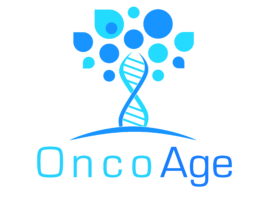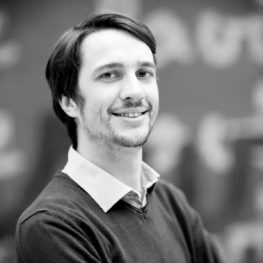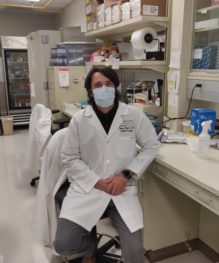Dr. Rabia Boulahssass Onco-geriatrician
Biography :
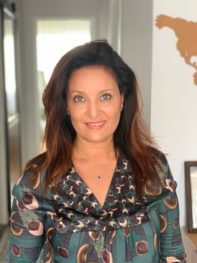
Rabia Boulahssass is a geriatrician at the University Hospital of Nice. Since 2012, she has been focusing on geriatric assessment in older adults with cancer with a strong partnership with the Lacassagne Cancer Center in Nice, France. In 2012, She set up the PACA EST Coordination Unit in Geriatric Oncology with Pr Olivier Guerin (CHU de Nice) and Dr Eric Francois Centre Antoine Lacassagne, CLCC, Nice). The unit was created in order to improve care, research and teaching in the elderly population with the support of the French National Institute of Cancer. She is the principal investigator or the PACA EST cohort (n>4800 patients), this multicentre prospective cohort is dedicated to observe older patients with cancer in the French Riviera. Her main research interests are prediction of early death, geriatric assessment , geriatric interventions and quality of life. Since 2017, She is the general secretary of the SOFOG (French National Society of Geriatric Oncology). Dr Boulahssass is the National representative for France for the SIOG (International Society of Geriatric Oncology). National representatives act as ambassadors of SIOG’s mission, sharing the same values and pursuing the same objectives, in the joint effort to promote progress and innovation in geriatric oncology. She is a Copil Member of GERICO (National research group for geriatric oncology in France/ UNICANCER) and of PACAN ( methodological platform for research in geriatric oncology) . She participates to the scientific committee of the SOFOG (French National Society of Geriatric Oncology) and the ASRO research group (which promote the research in geriatric oncology in the southeast of France).She is at the head of the geriatric ethical committee of the teaching hospital of Nice. In 2016, she joined the hospital federation for research OncoAge drived by Pr Paul Hofman.
Interview :
- What research, innovations or major advances in knowledge are you currently focusing on, especially on oncogeriatric feld ?
Today’s challenges in geriatric oncology are to screen patients who require geriatric follow-up with repeated CGA and to provide them with specific guided interventions in order to improve the necessary care plan. In this context , we are focusing in the creation of a numeric platform in our area in the south east of France in order to provide to older patients with cancer the best follow-up ( care, take care, case management, hotline , upgrade the links with all the healthpartners) . This platform is one of the 16 projects in the program “BIEN VEILLIR” drived by the teaching hospital of NICE , France. (Pr Guerin).
Concerning the COVID 19 pandemic, We, the Société Francophone d’Onco-Gériatrie (SoFOG) and the French cooperative group for clinical research in geriatric oncology DIALOG (GERICO-UCOG), we recently analyzed and proposed comments on taking care of older patients with cancer in the context of COVID-19 pandemic ( Mourey et al Lancet Oncol 2020) to promote innovative care plans and organizations in this context.
- You are currently working on many research projects, can you tell us a few words about them?
The PACA EST cohort (n>4800 patients) is a multicentre prospective cohort dedicated to older patients with cancer in the French Riviera.Our main research interests are prediction of early death, geriatric assessment, geriatric intervention and quality of life in geriatric oncology. `( Prediction of early death n=1050 Boulahssass et al , Geriatric interventions n=3140 EJC 2018, Boulahssass et al , Cancers(basel) 2019)
Recently we finalized a ancillary phase I/II study on quality of life in older patients receiving accelerated partial breast irradiation using a single fraction of multi-catheter interstitial high dose brachytherapy.SiFEBI PHASE I/II TRIAL, with a strong partnership with Pr Hannoun Levi who runs the SiFEBI trial (radiotherapist at the Lacassagne Cancer Center, Nice, France,) (in submission).
Our team conducts also a study in nonagerian patients with cancer (n=100) (in finalization ) , the aim of this study was to analyze the treatment made in this growing population.
And a study on fatigue in older patients with cancer (Cancer related fatigue (CRF) before oncologic treatments: Fatigue related factors and analyses of early death associated to fatigue—AST-ELD study, a prospective cohort study with 979 elderly cancer patients. )(in finalization). This paper have received the award of the best oral communication at the European Congrés of geriatric (EUGMS) ( preliminary results of this study were presented at the EUGMS in Nice 2017)
In term of project, we would like to submit in 2021 a PHRC focussing on epigenetic and outcomes in older adults with colon cancer ( partners : CAL, Inserm, CHU) with Mohamed Benahmed . (Inserm researcher) .
- You are one of the contributors of the Encyclopedia of Gerontology and Population Aging, can you tell us a few words about this big project ?
This big project (Springer Nature ) runs with Pr. Paul Hofman will provide a comprehensive reference work in geriatric oncology with 32 chapters from international leaders ( France, swiss, USA, Belgium, Brazil, Norway, Chili, Netherland)
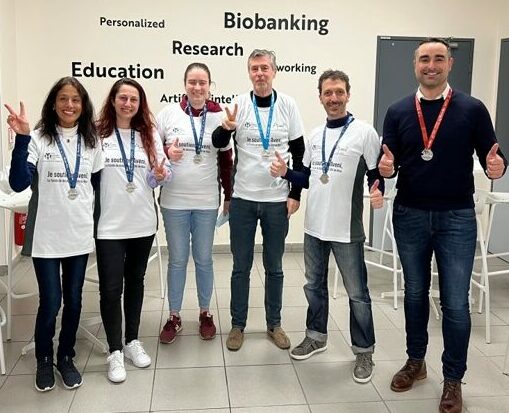

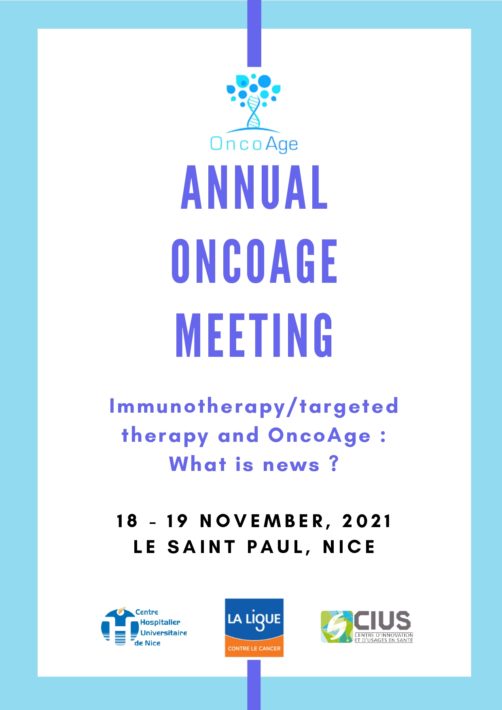
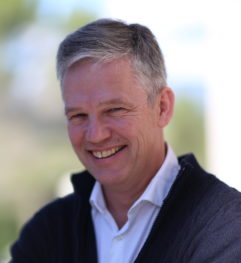
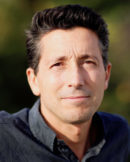
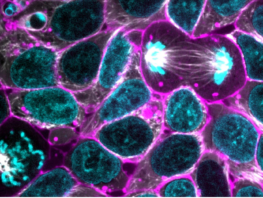
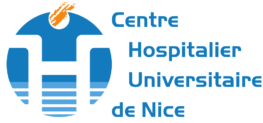
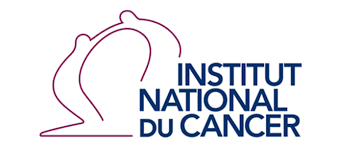 The National Cancer Institute (INCa), in conjunction with a regional health authorities and local health promotion players, has chosen the OncoAge Federation to pilot the “TABADO 2” smoking cessation support system in the Southern Region. In 2018, the INCa decided to coordinate the deployment of the programme in seven French regions. This project targets teenage smokers, aged between 15 and 20 years old, following a training course in a vocational high school, CFA and MFR throughout the south region (PACA). The programme’s initiation phase is currently underway in order to prepare its deployment for the 2020/2021 school year.
The National Cancer Institute (INCa), in conjunction with a regional health authorities and local health promotion players, has chosen the OncoAge Federation to pilot the “TABADO 2” smoking cessation support system in the Southern Region. In 2018, the INCa decided to coordinate the deployment of the programme in seven French regions. This project targets teenage smokers, aged between 15 and 20 years old, following a training course in a vocational high school, CFA and MFR throughout the south region (PACA). The programme’s initiation phase is currently underway in order to prepare its deployment for the 2020/2021 school year.